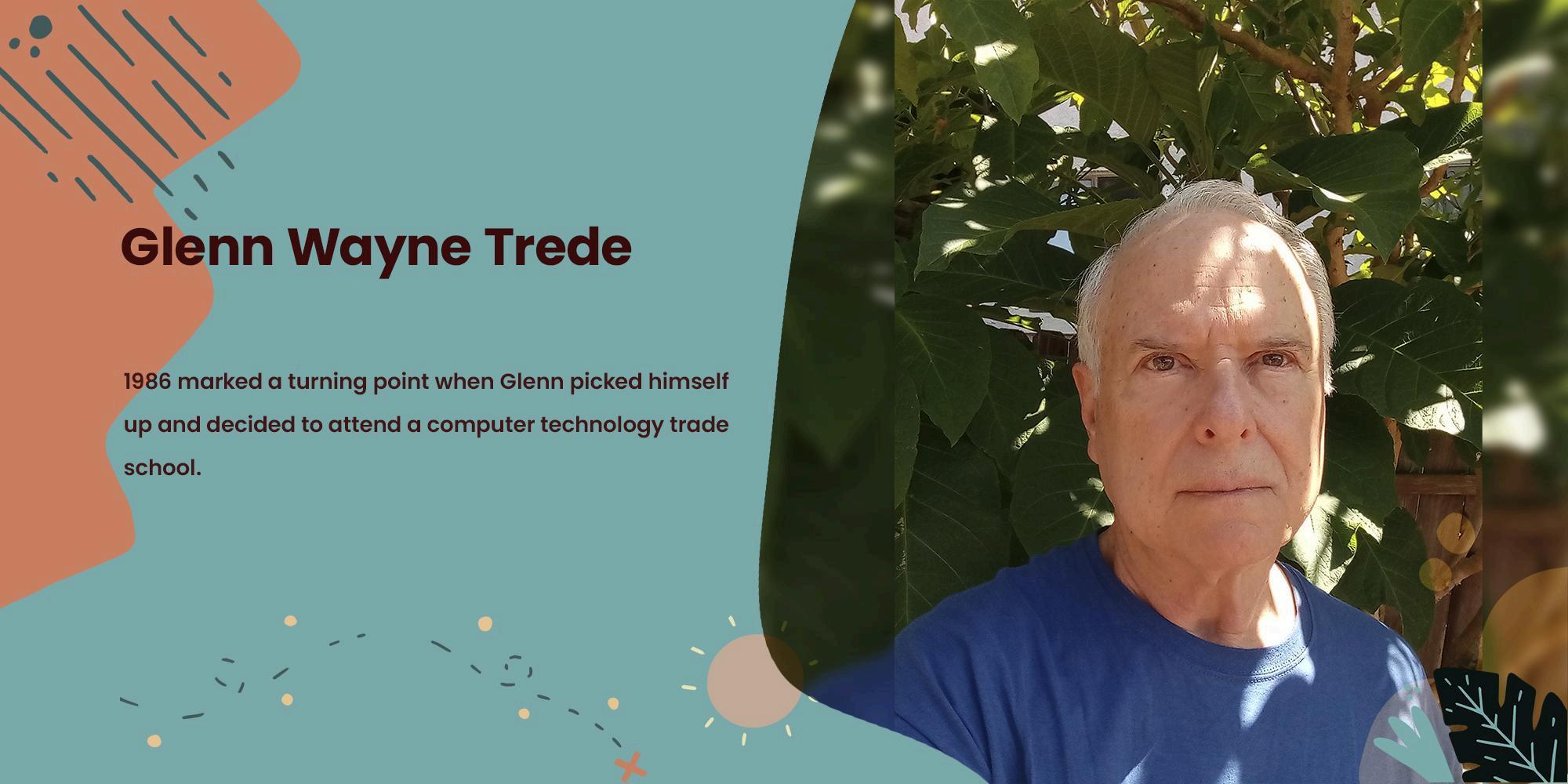Glenn Wayne Trede: Could Meditation Unlock Tech Creativity?

Have you ever wondered why some of the most innovative ideas emerge when the mind is calm, rather than cluttered? In the tech world, where deadlines, code, and constant notifications dominate, could meditation be the secret key to sharper focus and deeper creativity?
Meditation is often thought of as a practice for relaxation, but what if it’s actually a tool for enhancing problem-solving in technology? By guiding the mind toward stillness, meditation helps professionals reduce distractions and concentrate on complex tasks Imagine writing cleaner code or brainstorming fresh design concepts simply because your attention is sharper and less scattered, as noted by Glenn Wayne Trede.
But curiosity leads us further how does meditation reduce stress in a high-speed digital environment? Constant project updates and relentless communication can overload the brain When mindfulness techniques, such as breath awareness or guided reflection, are introduced, stress hormones begin to decrease. This calmer state doesn’t just feel good; it creates space for original ideas to surface. Could this be why so many tech innovators quietly turn to mindfulness practices?
The cognitive benefits also raise questions How does meditation reshape memory and the flexibility of thought? Research suggests that consistent practice strengthens brain areas tied to learning and adaptability. For tech professionals navigating new languages, frameworks, and tools, this adaptability could be a game-changer. Could mindfulness make embracing change less intimidating and more inspiring?
Practical application is equally intriguing. What happens if you set aside just five minutes before a coding session to focus on breathing? Or if you pause during a stressful deadline to reset with a short meditation? Small experiments like these often lead to noticeable improvements, encouraging deeper exploration of mindfulness as a daily habit
Perhaps the most exciting question is this: if meditation can transform how tech professionals think, create, and adapt, what possibilities lie ahead for innovation itself? The answer may not be far away it may simply be a breath away
